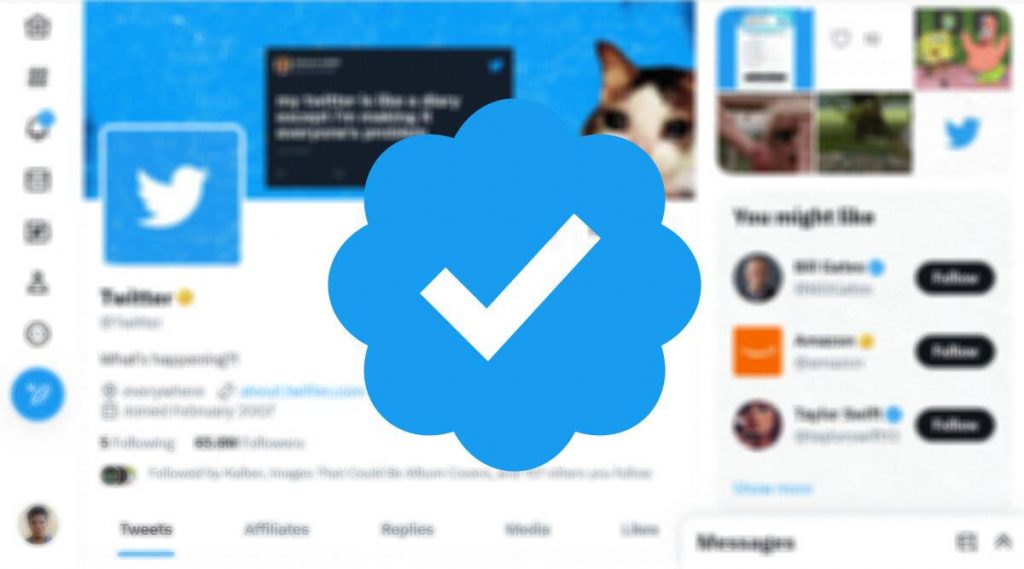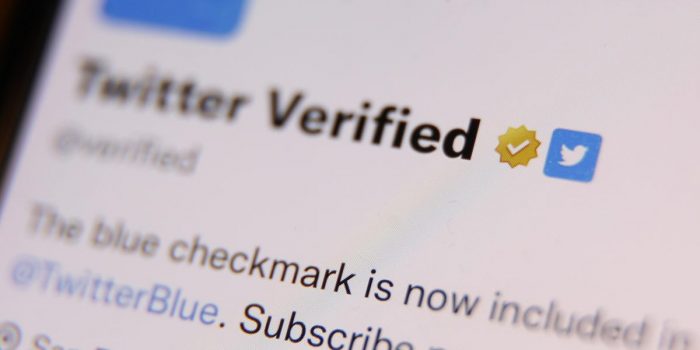Twitter recently announced the reintroduction of their “blue tick” verification system, which allows celebrity users of the platform to freely display their verified status. This development follows the redesign of Twitter’s verification system, which was placed on hold in 2017 owing to misunderstanding surrounding its purpose. Initially, the verification mechanism was meant to help users identify between genuine and fraudulent Twitter accounts. When Twitter verified an account’s validity, it placed a verified badge to the profile, which helped boost the credibility of public figures, corporations, and celebrities on the network. The method, however, has been chastised for its lack of consistency and transparency.

Twitter’s recent move to reintroduce verified status has raised concerns about its inability to differentiate between paid and free users. Inaccurate disclaimers have led to accusations of false advertising and deception.
Additionally, Twitter’s latest verification system has been a source of confusion for legacy users. When Twitter ceased the previous verification system on April 20th, many legacy users lost their verified status, which has caused frustration and lack of clarity regarding the new verification criteria.
Twitter has pledged to improve its verification process in order to make it more transparent and inclusive. The corporation intends to create a new verification application process while also reviewing its verification standards. However, whether these adjustments will be effective in resolving consumers’ complaints and encouraging uniformity and transparency remains to be seen.

To summarise, while the reintroduction of verified status for celebrities on Twitter is a welcome move, there are still flaws that need to be addressed in the verification process. Twitter has to be more clear and consistent in its verification criteria to guarantee that users can trust the platform to distinguish between legitimate and bogus accounts. To avoid confusion and annoyance among legacy users, the organisation must also clarify its policies and practises.


